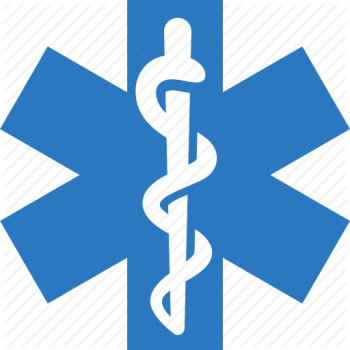Project Details
About the Project
When preparing for a mass casualty event – called a Code Orange and stemming from a natural disaster, accident, or violent attack – healthcare provision is at the very center of the response. Where will patients be brought, and how will healthcare teams be coordinated to respond? How will teams communicate with one another? These types of questions and more are part of Mock Code Orange activities.
Code Orange simulations are usually a regular occurrence. However, over the past few years, physician teams have sometimes struggled to find the capacity to engage in simulations for these rare but high acuity situations. Recognizing that a cohesive team-based response from all members of the hospital community is essential, Dr. Mike Thomson and Dr. Tristan Jones applied for South Island MSA funding to improve ER physician engagement at the Royal Jubilee Hospital whole-site Mock Code Orange drill in February 2025.
Coordinated by Royal Jubilee leadership under RJH Operations Director Melanie Cyr, Clinical Operations Manager Rebecca Jackson, and the Health Emergency Management BC (HEMBC) team under Dustin Griffiths, this event was a multi-departmental effort involving over 200 staff, ranging from Critical Care leadership to Porter leadership. The actual mass casualty event occurred in the Simulation Lab on site at RJH, with 50 simulated patient actors to assist.
Many of the insights that emerged from this exercise related to logistics and communication. For instance, the drill provided the opportunity to review the disaster carts in each unit that would be used in the event of a Code Orange, and to ensure these carts contained many of the essential supplies. The team also reflected on how patient data would be accessed and managed, given the assumption that the Electronic Health Record might not be effective due to the volume of patients needing help simultaneously.
Reflecting on the next steps for this initiative, all parties agreed that, “this was just the start. This helped to highlight all the work needed moving forward to ensure our hospitals have a robust code orange response”. The project leads are currently formulating a Phase 2 project application to support implementation of the improvements from the Mock Code Orange drill and ongoing ER physician engagement.
At the conclusion of this phase of the project, Dr. Thomson has become a promoter of physician-led quality improvement initiatives. “The biggest barrier is that the perception that the application needs to focus on something big”, he shared. “A project doesn’t have to be something elaborate; it can just be a question that has arisen in the course of clinical work. This funding really empowers the physicians in the community to see those issues and take charge to fix them”.

